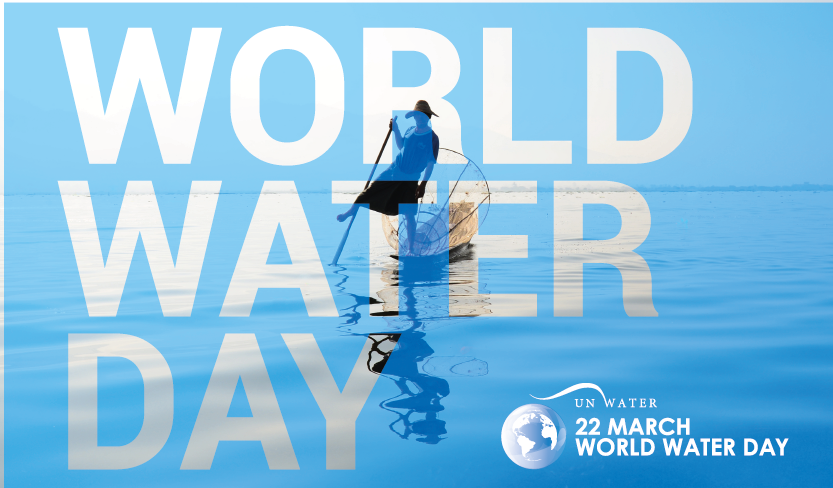World Water Day
World Water day, one of the elements that made life possible on Earth is now threatened by human activities. The most basic form of life, plasma originated in water.
It comprises 70 percent of the total earth surface, of which freshwater makes up only 2.5 percent. Of this only 1 percent is accessible that too trapped in glaciers.
By 2050 the world population will have grown by an estimated 2 billion and global demand for water would have gone up 30 percent more than present-day demands. The stats conspicuously beckon at us of the impending danger.
With every moment ticking by our needs are increasing and we are consuming more than we ever did. More consumption means more waste generation.
Nature isn’t being able to cope up with this fast-paced intake and out give thus giving rise to an imbalance in the ecosystem.(world water day))
In order to address such issues of utmost concern, the United Nations designated 22nd March as the World Water Day- a global campaign for nature and environment. The pervasive trend in water quality degradation, depletion in the level of water table, anomaly in the rainfall pattern giving rise to frequent condition of drought and flood, extensive
water pollution, unavailability of clean drinking water, necessitated the need for observation of a day like this to focus our attention on something as necessary and ignored as water. This year’s theme ‘Nature for Water’ explores nature-based solutions (NBS) to the challenges we face in the 21st century.
NBS might not provide an effective solution to critical water-related issues but it provides for innovative and cost-effective options for supplementing insufficient water infrastructure. Stormwater management is of prime concern in the current wake of events to handle, in which concepts of green infrastructure and gray infrastructure are being used.
Green Infrastructure is a newer approach to storm water management that mimics nature by capturing stormwater so that it can be reused or released to recharge the groundwater.
For example restoration of forests, grasslands and natural wetlands, reconnecting rivers to floodplains, creating a buffer of vegetation along watercourses, riparian buffer, berms etc. , whereas gray infrastructure refers to pipes, pumps, ditches detention ponds engineered by people to manage stormwater.(world water day))
While people can have the panels installed in their homes, the greatest impact is in communities with a dire need for clean water. For instance, the Navajo Nation in Friesen’s home state of Arizona now have 500 panels installed in homes; without them, they have to drive hundreds of miles to Flagstaff or Gallup, New Mexico, to get water.
They’ve installed panels in Aboriginal homes in Australia and for the Wayuu tribe in northern Colombia, whose women otherwise have to walk hours a day to collect water. Most recently, investor Chamath Palihapitiya pledged $7 million to install panels in California’s Central Valley—”one of the great breadbaskets of the U.S.,” Friesen says,
but one that famously uses excessive quantities of water in processes like almond agriculture, and experiences severe droughts as a result.(world water day)
Agriculture currently accounts for 70 percent of the total global water consumption used mainly for irrigation, industries take up 20 percent while 10 percent goes to domestic use. The part used for drinking is less than 1 percent. 80 percent of the wastewater generated is released into the environment untreated, and an estimated 1.8 billion people consume this contaminated water.
Surface runoff from the fields containing a large amount of nitrogen and phosphorous have been the major contributor to world water day. The effects of climate change have aggravated the problem. Mitigation strategies will be formulated as the problems arise.(world water day)
Image Credits: http://www.unwater.org

